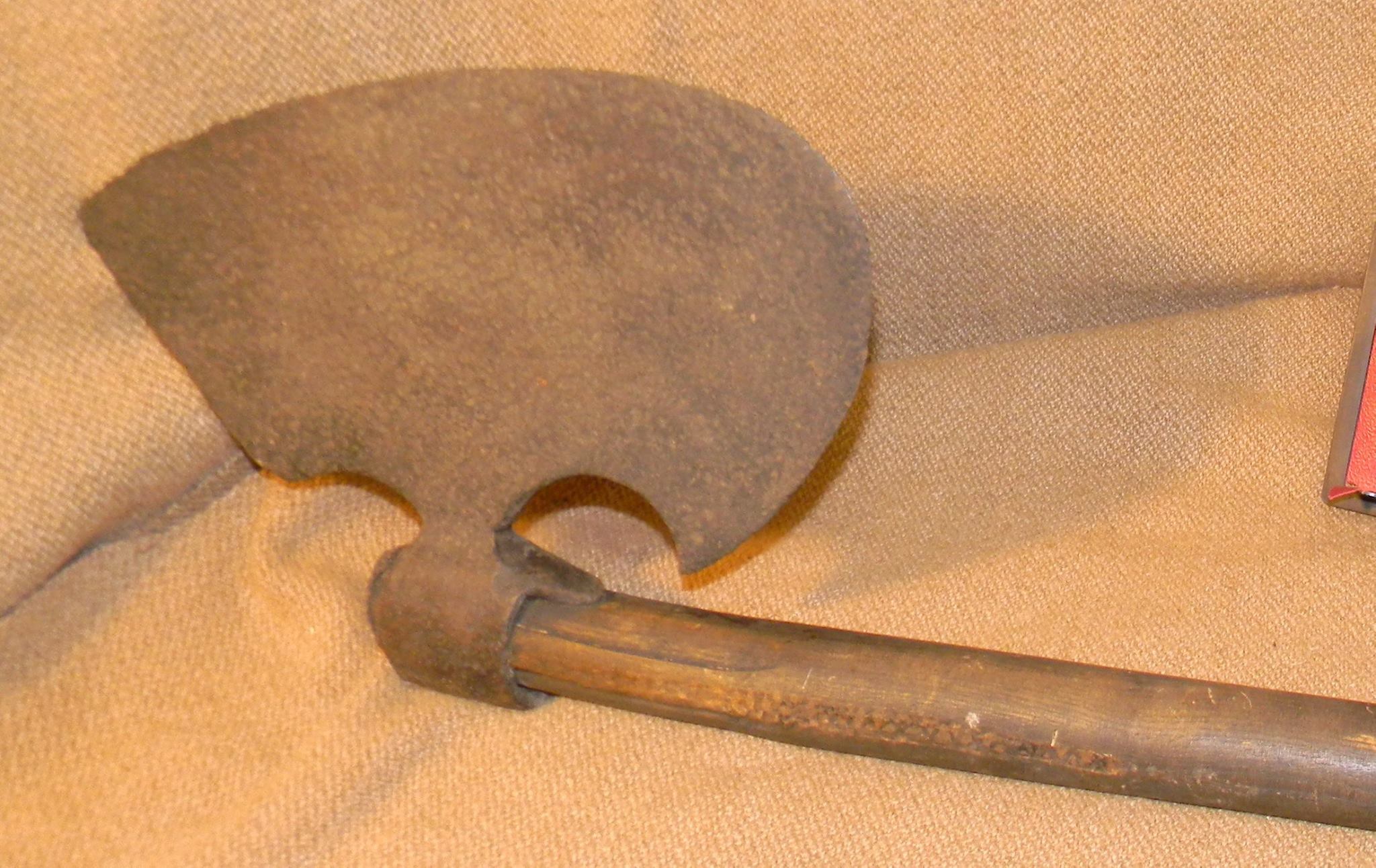Kevin,i'm sorry,but will be frank-i find contention depressing...
Metallurgy is an exact science,and an Extremely complicated one.
History even more complex,for it's human factor and the lack of exactness.
Archaeometallurgy,the deadly blend of the two,is at best like playing 3D chess of StarTrek fame,complicated by a factor of x...

I'm afraid that you bring up Way too many subjects,all heaped into a pile,many elements of the supposed "facts" Highly questionable...
(if not outright incorrect;bloomery(obtaining steel by Reduction,from oxide ores)steel was commonly produced in batches ranging between 3 and 20 kg,even in such difficult environments as Yakut of Central Siberia...Another entirely incorrect assumption

istribution of C content within the bloom follows very complicated physical and chemical patterns,it is not "on the outside"...and i can go on,except,why?I've no stake in the matter...The information is all available to everyone...).
talking about metal to make sheers out of?
Shear steel was one of the early processes to obtain a more/less homogenious hcs.Iron strap segments were carburised,with C-content further re-distributed by means of repeated welding and faggoting.
Small knives are never made out of multiple steels. That wouldn't be economically feasable. Unless we are talking about bigger knives of course?
Knives,large and very small,were Very often Very complexly pattern-welded...They serve as a common factual basis for much related studies,their % in finds being so large...
(i IS all out there,brother...we obviously all have internet..

...)
Circumstantial evidence,such as third-hand evidence of a find location,cannot and never is used as basis for attribution,let alone any further conjectural assumptions...
I'm sorry,it's nothing personal,but your arguments are often just that,"arguments",which
for me looses any elements of even potential of scientific value...(or interest).
Argumentativeness works poorly in context of archaeology,or any other science,the entire premise being Impartiality...
I respect you as an individual,as well as admire your interest in old tools,and all the effort you put into it,et c.
I just would beg for a modicum of informedness,and forethought,just out of respect for everyone's time and attention span...And i'm saying this most humbly and earnestly,no disrespect or contention...








